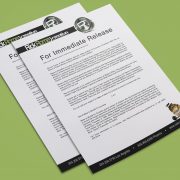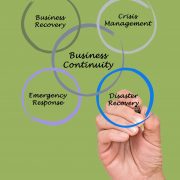Shaping Perceptions, Building Relationships: The World of Public Relations Unveiled
In a rapidly evolving digital landscape, where information travels at the speed of light, the field of public relations takes center stage as the guardian of reputation, the architect of narratives, and the bridge that connects organizations with their audiences. Welcome to our blog, where we embark on an enlightening journey into the captivating world of public relations. Whether you’re a seasoned PR professional, a business owner navigating the intricacies of public image, or someone simply intrigued by the strategies that shape public perception, this blog is your gateway to the art and science of effective communication.
Public relations is more than just managing a brand’s image; it’s about crafting compelling stories, forging authentic connections, and navigating the complex terrain of public opinion. It’s the force that helps organizations thrive in the spotlight, respond to crises with resilience, and build lasting relationships with stakeholders. From crisis management and media relations to the art of storytelling and strategic communication, public relations is both a science and an art.
Join us as we delve deep into the multifaceted world of public relations—uncovering the secrets of crisis communication, dissecting the power of a well-crafted press release, and exploring the strategies that turn challenges into opportunities. Whether you’re seeking insights to enhance your PR efforts, eager to master the art of reputation management, or simply interested in the forces that shape public narratives, our blog is your source of inspiration and knowledge. Welcome to a realm where communication reigns supreme, where perceptions are molded, and where the journey to effective public relations begins.
Customer Relationship Management (CRM) software has become a critical tool for businesses of all sizes. While enterprise-level solutions offer robust features, many small and mid-sized businesses are searching for mid-range CRM options that provide the right balance of functionality and affordability. Explore some of the popular mid-range CRM software solutions, their pricing structures, and the features they offer.
Your marketing plan can become a dynamic tool for addressing the evolving needs and expectations of your target audience. This consumer-centric approach not only ensures that your messaging and product offerings resonate but also fosters lasting relationships built on trust and value.
With dedication and a deep understanding of your audience, you can unlock the potential to create viral PR content that captivates the digital landscape and amplifies your brand’s message to the world.
Here are a few tips on how to write a press release that will get journalists attention: By following these tips, you can write a press release that is more likely to get journalists attention and get your company’s news published.
Crisis management strategies are essential for organizations to effectively handle unexpected and potentially damaging events. Here are some key strategies to consider:





